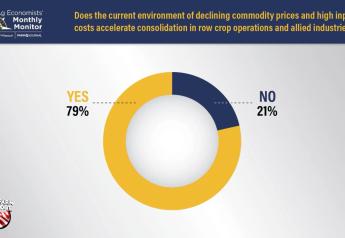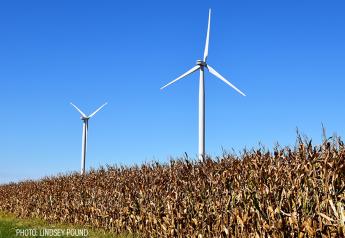Minnesota Proposes Dicamba Label Changes
Minnesota joins Arkansas, Indiana and Missouri in the states placing additional restrictions on dicamba products. The Minnesota Soybean Growers Association (MSGA) Drift Task Force recently recommended stricter regulations in the state.
“Vapor drift is concerning because once dicamba vaporizes we can’t predict where it’ll go,” says Bob Worth, MSGA secretary and chair of the Drift Task Force. “In order to protect the Minnesota soybean producers our recommendation to the Department of Ag addresses vapor drift. We feel this needs to be addressed at the state level.”
The recommendations include:
- New EPA label for Minnesota
- Set a cutoff date for application by collaborating with academics, Minnesota Department of Ag and industry and implement that cutoff date immediately
- Will also include temperature cutoff—applicators cannot apply if predicted or actual temperature high is 85° F or greater
- Provide more education on stewardship and use
“Minnesota farmers want to embrace new technologies while continuing to be good neighbors with other farmers and good stewards of the land,” Worth says. “We feel these changes will help our farmers accomplish both goals while preventing weed resistance issues through the certified use of new technologies.”







